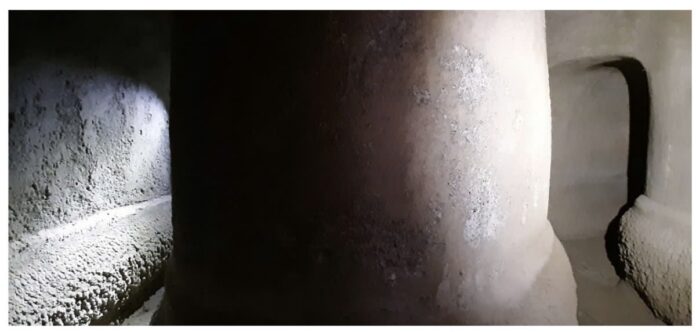Unearthing the Aqua Augusta: A Subterranean Wonder

In a groundbreaking discovery, spelo-archaeologists have uncovered a previously unknown section of an ancient Roman aqueduct beneath the streets of Naples, Italy. This remarkable find sheds new light on the engineering prowess of the Augustan era and offers a unique glimpse into the past.
A Hidden Treasure Revealed
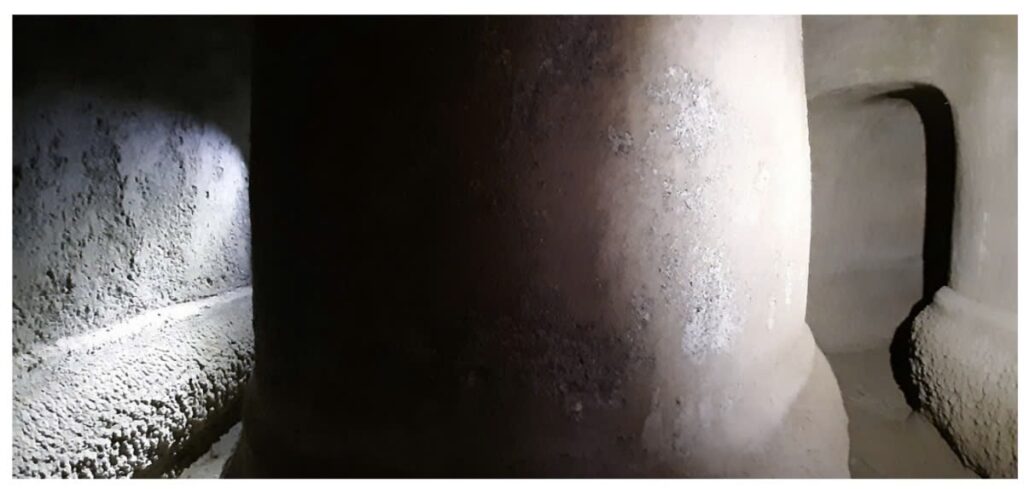
The newly discovered tract, stretching nearly half a mile long, is part of the Aqua Augusta, an aqueduct built between 30 and 20 B.C. by Marcus Vipsanius Agrippa, a close confidant of Emperor Augustus. This monumental structure, known for its impressive 90-mile length and ten branches, served as a vital water source for urban centers and affluent villas in the region for over four centuries.
Exploring the Underground Marvel
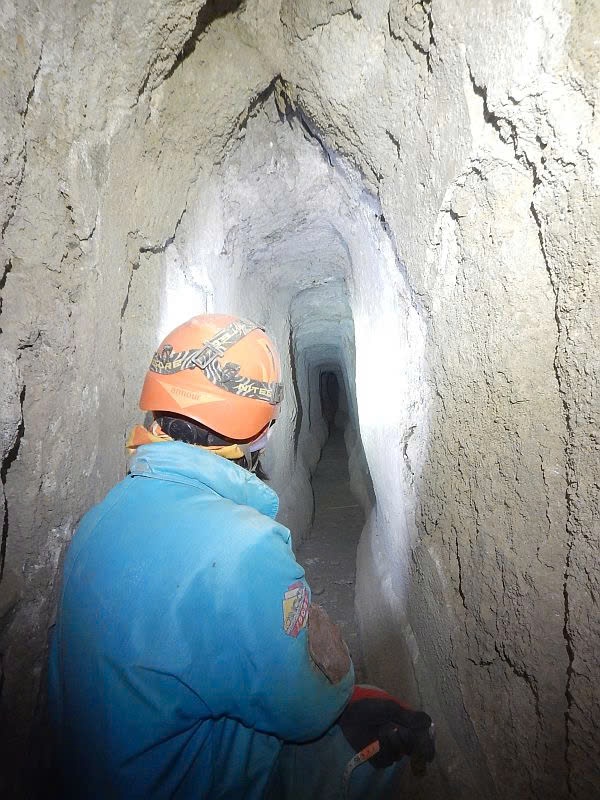
Members of the Cocceius Association, a nonprofit organization dedicated to speleo-archaeological work, made this extraordinary find thanks to local reports and careful exploration. The uncovered section, measuring approximately 2,100 feet, is now the longest known segment of the Aqua Augusta.
A Window into Roman Engineering
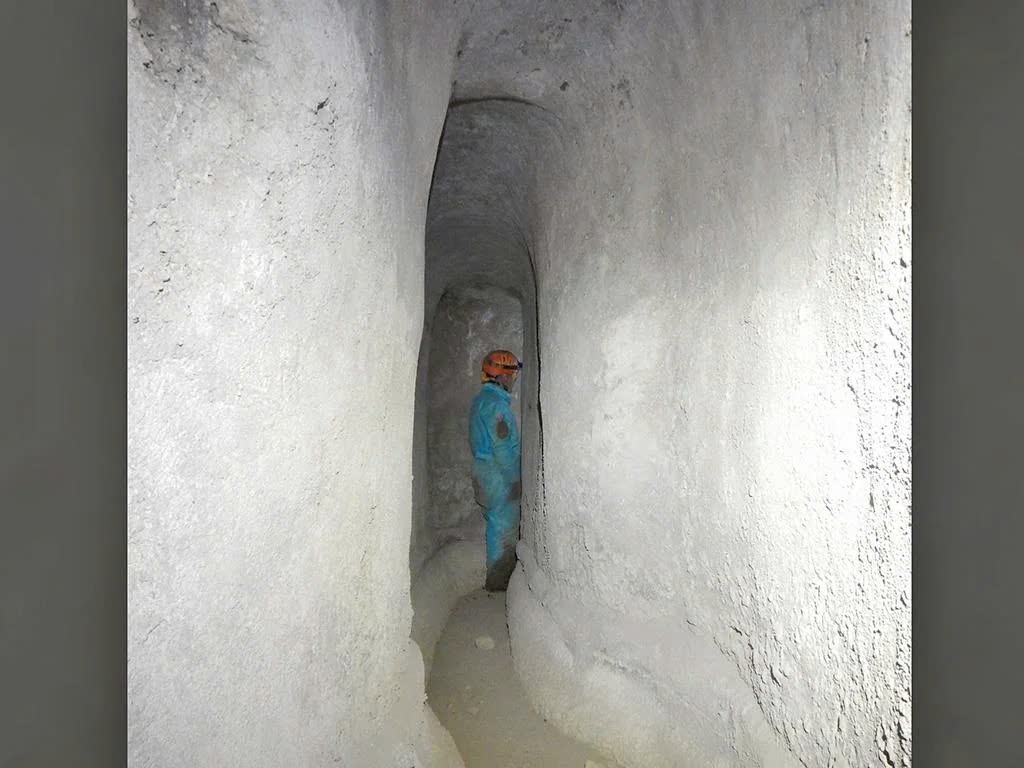
The rediscovered aqueduct showcases remarkable preservation, featuring a winding path with varying widths and a distinctive hydraulic plaster coating. This uninterrupted stretch offers researchers an unprecedented opportunity to study Roman engineering techniques in great detail.
Implications for Historical Research
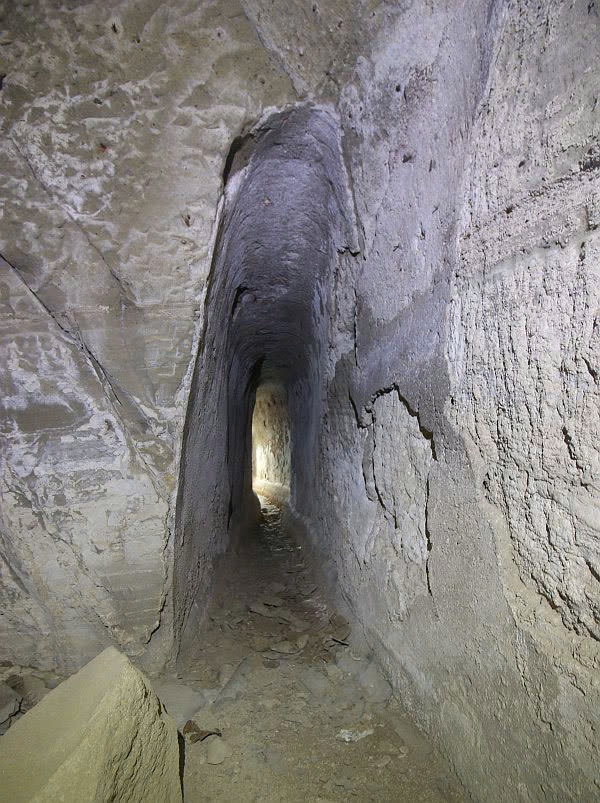
This discovery not only adds to our understanding of ancient Roman infrastructure but also highlights the importance of continued exploration and preservation of historical sites. As the least researched aqueduct in the Roman world, the Aqua Augusta now stands poised to reveal its secrets, promising exciting new insights into the ingenuity of our ancestors.
